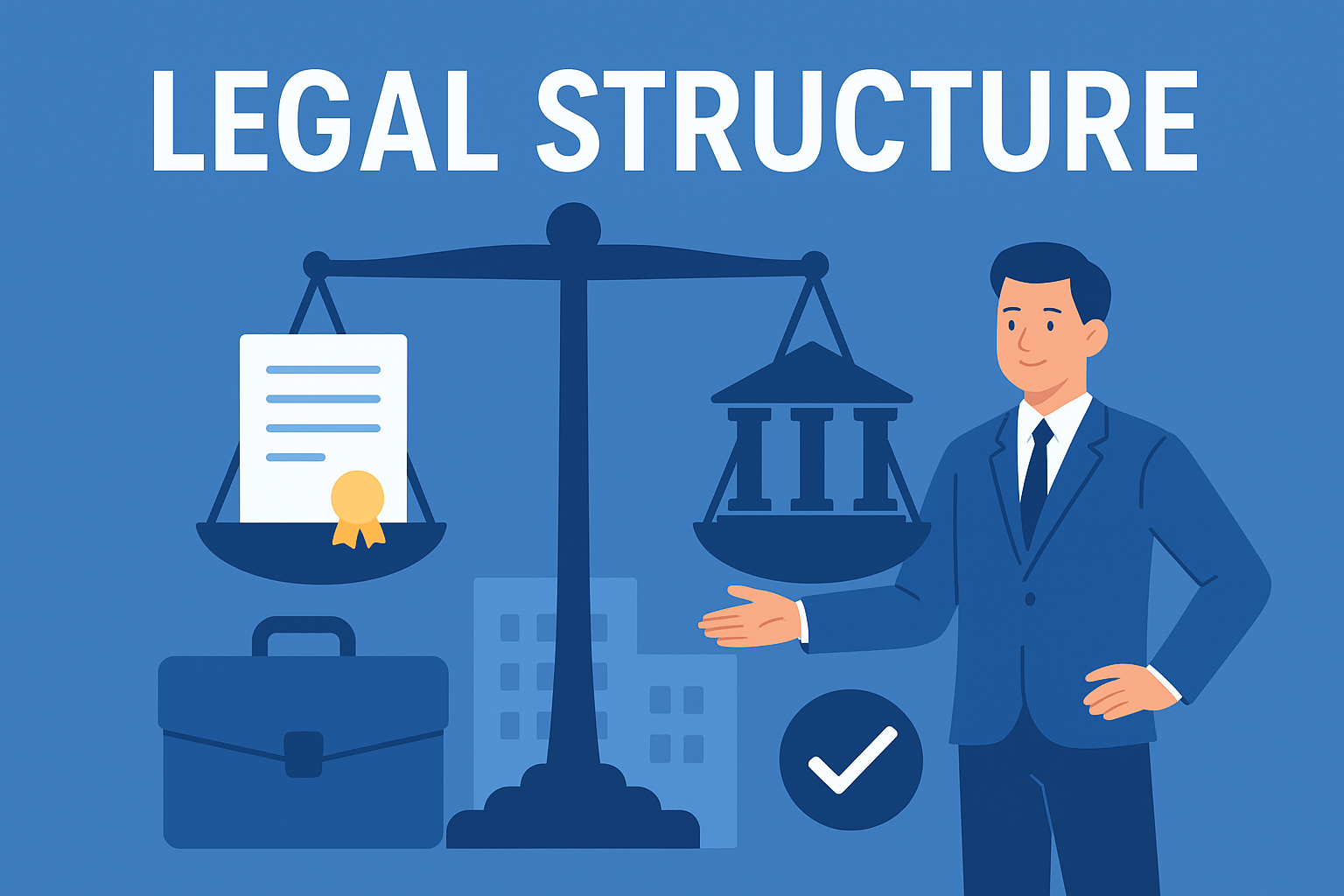In today’s highly competitive market, customer satisfaction has become a cornerstone for business success. Whether you run a small local business or a large multinational corporation, keeping your customers happy is crucial. Not only does it foster loyalty and repeat business, but it also enhances your brand reputation and can significantly drive growth through word-of-mouth referrals. In this comprehensive guide, we’ll explore the importance of Customer Satisfaction: Key Strategies for Business Success, the key strategies to achieve it, and how to measure and improve your efforts.
Why Customer Satisfaction Matters

Enhances Customer Loyalty
Customer loyalty is the bedrock of any successful business. Satisfied customers are more likely to return and make repeat purchases. This loyalty is invaluable as acquiring a new customer can be five to ten times more expensive than retaining an existing one. Loyal customers also tend to spend more, further increasing your revenue.
Boosts Brand Reputation
In the age of social media, word-of-mouth has become a powerful tool. Happy customers are likely to share their positive experiences, either directly with friends and family or through online reviews and social media posts. This positive buzz can enhance your brand’s reputation, attracting more customers and creating a cycle of satisfaction and loyalty.
Drives Revenue Growth
Satisfied customers not only return more often but also spend more per transaction. They are also more likely to try out new products or services you offer, increasing your average order value. Moreover, the cost savings from reduced churn and the increased efficiency from having a steady customer base contribute to a healthier bottom line.
Key Strategies for Achieving Customer Satisfaction
Understand Your Customers
The first step to customer satisfaction is understanding who your customers are and what they need. This involves:
- Market Research: Conduct surveys, focus groups, and interviews to gather data about your target audience.
- Customer Personas: Create detailed customer personas that represent different segments of your market. This helps tailor your products, services, and communications to meet their specific needs.
- Feedback Mechanisms: Implement feedback mechanisms such as surveys, reviews, and direct customer interactions to continuously gather insights into customer preferences and pain points.
Provide Exceptional Customer Service
Customer service is the frontline of customer satisfaction. Exceptional service can turn a negative experience into a positive one and vice versa. Key elements include:
- Training: Invest in training your staff to be courteous, knowledgeable, and responsive. Empower them to resolve issues efficiently and effectively.
- Accessibility: Ensure your customer service is easily accessible through multiple channels – phone, email, live chat, and social media.
- Personalization: Use customer data to provide personalized service. Address customers by name, remember their past interactions, and tailor your responses to their specific situations.
Deliver Quality Products and Services
No amount of excellent service can compensate for poor products. Ensure that your offerings meet or exceed customer expectations:
- Quality Control: Implement rigorous quality control processes to ensure consistency and reliability.
- Innovation: Continuously innovate and improve your products or services to meet changing customer needs and preferences.
- Value for Money: Ensure that your products or services offer good value for money. Competitive pricing, combined with high quality, can significantly boost customer satisfaction.
Build Strong Relationships
Building strong relationships with your customers goes beyond transactions. It’s about creating a connection and a sense of community:
- Engagement: Engage with your customers regularly through newsletters, social media, and events. Share valuable content, updates, and offers.
- Loyalty Programs: Implement loyalty programs that reward repeat business. Offer points, discounts, or exclusive perks to make customers feel valued.
- Trust: Build trust by being transparent and honest in all your dealings. Address any issues promptly and sincerely.
Monitor and Improve
Customer satisfaction is not a one-time effort but an ongoing process. Regularly monitor and improve your efforts through:
- Surveys and Feedback: Regularly collect and analyze customer feedback through surveys and reviews.
- Performance Metrics: Track key performance metrics such as Net Promoter Score (NPS), Customer Satisfaction Score (CSAT), and Customer Effort Score (CES).
- Continuous Improvement: Use the insights gained to continuously improve your products, services, and customer service practices.
Measuring Customer Satisfaction
To effectively measure customer satisfaction, you need to employ a mix of quantitative and qualitative methods:
Net Promoter Score (NPS)
NPS measures the likelihood of customers recommending your business to others. It’s calculated based on responses to the question: “On a scale of 0-10, how likely are you to recommend our company to a friend or colleague?” Respondents are categorized as Promoters (9-10), Passives (7-8), and Detractors (0-6). The score is obtained by subtracting the percentage of Detractors from the percentage of Promoters.
Customer Satisfaction Score (CSAT)
CSAT measures customer satisfaction with a specific interaction or overall experience. Customers rate their satisfaction on a scale (e.g., 1-5 or 1-10), and the average score represents the CSAT. This method is versatile and can be used for various aspects of your business.
Customer Effort Score (CES)
CES measures how easy it is for customers to complete a transaction or resolve an issue. It’s based on responses to the statement: “The company made it easy for me to handle my issue.” Lower effort scores generally correlate with higher customer satisfaction.
Qualitative Feedback
While quantitative measures provide valuable data, qualitative feedback offers deeper insights. This can be gathered through open-ended survey questions, customer interviews, and focus groups. Analyzing this feedback helps identify specific areas for improvement and understand the nuances of customer experiences.
Case Studies: Success Stories in Customer Satisfaction
Amazon
Amazon’s commitment to customer satisfaction is legendary. Their customer-centric approach includes fast and reliable delivery, a hassle-free return policy, and responsive customer service. Amazon continuously innovates to enhance the customer experience, such as through the introduction of Amazon Prime and one-click ordering. This relentless focus on satisfaction has made Amazon a global leader in e-commerce.
Zappos
Zappos, the online shoe and clothing retailer, is another exemplar of customer satisfaction. Their company culture emphasizes exceptional service, including free shipping and returns, a 365-day return policy, and a commitment to going above and beyond for customers. Zappos’ dedication to customer satisfaction has earned them a loyal customer base and a stellar reputation.
The Future of Customer Satisfaction
The landscape of customer satisfaction is constantly evolving, driven by technological advancements and changing consumer expectations. Here are some trends to watch:
Personalization Through AI
Artificial Intelligence (AI) and machine learning are enabling businesses to provide highly personalized experiences. From personalized product recommendations to tailored marketing messages, AI helps create a more relevant and satisfying customer experience.
Omnichannel Experiences
Customers expect seamless experiences across all touchpoints, whether online or offline. An omnichannel strategy ensures consistency and convenience, allowing customers to interact with your brand through their preferred channels without any friction.
Proactive Service
Proactive customer service anticipates issues before they arise and addresses them proactively. This can include sending reminders, providing usage tips, or alerting customers to potential problems. Proactive service can significantly enhance customer satisfaction by showing that you care about their experience.
Conclusion
Customer satisfaction is not just a buzzword; it’s a vital component of business success. By understanding your customers, providing exceptional service, delivering quality products, building strong relationships, and continuously monitoring and improving your efforts, you can create a loyal customer base and drive sustainable growth. In a world where customer expectations are higher than ever, prioritizing satisfaction is not just beneficial – it’s essential.




